Over the last several years many have bemoaned the plague of extraordinarily deep partisan divides spreading across the country, fraying our unity, undermining social trust, and tearing at our democracy. At first blush, the midterm results offer two contrasting takeaways about this: the divides seem a little less intense, yet the extremist views that drive those partisan divisions are still plenty rampant.
Surely the nation does better when leaders of both parties offer solutions to our biggest problems, while being open to collaboration and compromise to move them forward. The tactical use of extreme rhetoric to inflame the most polarized elements of each party’s base has proven very effective for organizing and fundraising, but such tactics work to tear us apart rather than to create an effective middle.
The common good is no doubt enhanced when our two-party system works to drive compromise solutions to big problems rather than extremist rhetoric that may play well to the most polarized elements of each party’s base but are not aimed toward problem solving. The Common Good is an organization that seeks to reduce partisan divides by promoting dialogue that advances practical centrist solutions, while also advocating election system reforms in hopes of strengthening the center of the body politic.
The Common Good inaugurated an annual survey on “National Division” just before the election. With The Common Good Index (TCGI) we decided to quantify division now and measure division over time, not only to find causes of the elevated temperature of the nation’s “hot zones” but to identify solutions. Just as warnings were increasing about the possibility of political violence on the heels of the abominable assault on the speaker’s husband, Paul Pelosi, and threats to election officials, our survey showed how deeply divided the nation was before the midterms. Yes, Dobbs, inflation, President Joe Biden‘s low approval rating, and crime were on the ballot. But division—or healing it—was also on the ballot, and Americans, often in razor-thin margins, voted against election deniers and extremist dividers.
Our survey showed over several indices that the nation is very disturbed about division. More than three-quarters (78 percent) of respondents believe the country’s greatest threat is from internal forces rather than external ones. Historically, Americans have focused on external threats such as terrorism or conflicts erupting with other nations. Now, to borrow from an old cartoon character, Pogo, we have found the enemy, friends, and it is us.
We also found that the public believes division is affecting governance; nearly two-thirds (62 percent) believe the country is so divided, it can no longer operate effectively, and 30 percent believe this strongly. Sixty-one percent believe national division is a threat to democracy with Republicans (71 percent) even more worried about this than Democrats (61 percent). And yes, we found concern high enough that 43 percent believe a civil war is likely. These numbers comport with results from several other surveys.
However, we went beyond the disturbing headline grabbers and focused on potential constructive paths forward. The survey demonstrated that it is our political parties and our political process that are leading causes of division. “The way political parties chose candidates” tops the list of causes in our national sample. Most respondents, 88 percent, believe our political party process is an important contributor to national division. Trailing well behind, were “news media” and “economic inequality” as important contributors to national division
Voters rewarded candidates who stood for more “normal” political attributes involving competent, pragmatic approaches to various problems. A number of swing states that are considered purple today or until recently were considered moving in that direction. Ohio, Iowa, Colorado, Pennsylvania, Georgia elected as governor Republicans or Democrats by significant double-digit margins who were not viewed as extremists. At the same time, high profile swing state races where candidates were perceived as extremist for being election deniers or running hyperpartisan Trumpian campaigns were largely rejected.
Most importantly, the election results show that independent voters made the difference. This cohort is sending a strong message to the dominant political parties—moderate voters want their voices heard. As Republican Senate Minority Leader Mitch McConnell related, a number of Republican candidates spent “too much time on negativity, attacks and chaos” and were “just crushed by independent voters.”
Therein is another lesson from these elections—more and more voters are leaving the two parties to become unaffiliated as independents, and that is a signal that both parties ignore at their peril.
More voters are now unaffiliated or independent because they no longer identify with the extremes promulgated by both parties. These voters make up 46 percent of Americans according to a January Gallup poll, while only 28 percent say they are Democrats and 24 percent identify as Republicans. But the message is clear with the growth of independents, Americans are expressing dissatisfaction with both major parties.
Whether the extremist “fever” has actually broken as many pundits have suggested, or we are simply seeing a bit of relief on a one-time basis, is what The Common Good index will measure.
There is ample evidence that extreme partisanship is alive and well. Over 100 election deniers nationwide will return to office. The views of many of the newly elected House Republicans are way out of whack with those of most Americans on threats to democracy, abortion, gun rights, and other issues. On the other side of the aisle, several re-elected Democrats have advocated views on policing, criminal justice reform and immigration which lean way too far left for independent and centrist voters.
In the meantime, promoting reforms that curb excessive partisanship as seen in extreme gerrymandering schemes, and encouraging the wider use of rank-choice voting in our party primary systems to dampen the outsized sway of the most extreme voters will be a major focus of The Common Good and other good governance organizations.
As we allow the voices of independents and the moderates of both parties to be better heard and counted, we should see less discord and a more pragmatic functioning of our government. We hope that The Common Good Index will help point the way on that path.


